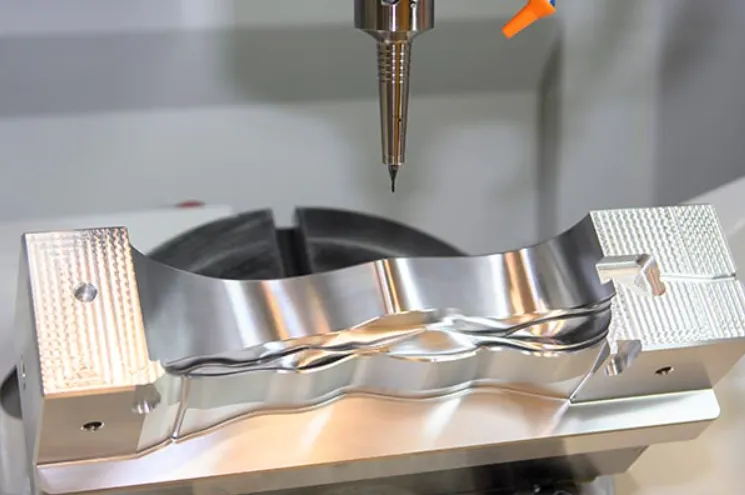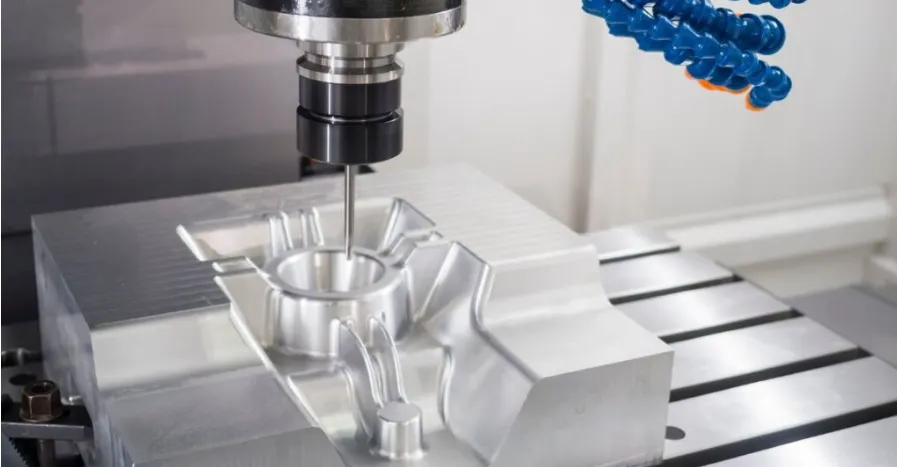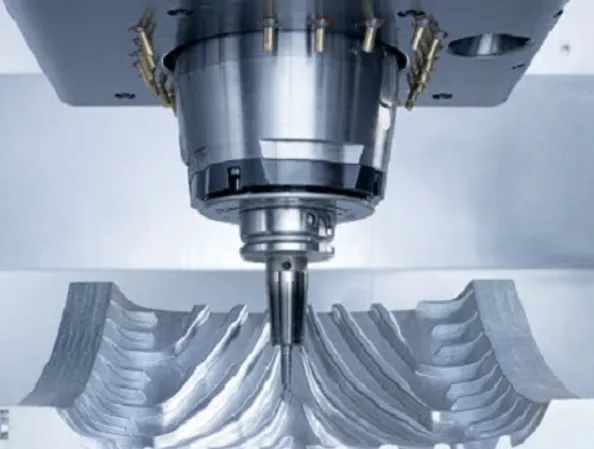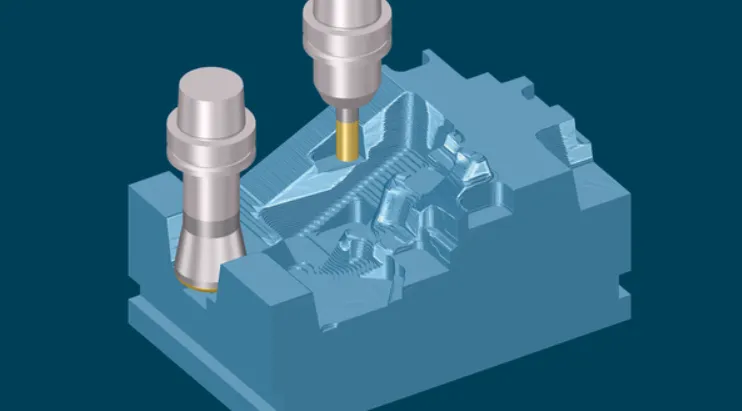Modern manufacturing has entered an era where complex geometries emerge from raw material blocks with unprecedented precision, thanks to advanced 3D machining techniques. Unlike traditional 2.5D machining limited to planar operations, true 3D machining enables simultaneous multi-axis tool movement that follows complex surface contours with sub-millimeter accuracy.
 The process begins with digital models converted into toolpaths through sophisticated CAM software, which calculates millions of coordinate points to guide cutting tools along optimal trajectories. Five-axis CNC machines, now commonplace in precision workshops, tilt and rotate workpieces dynamically during cutting operations. This capability proves indispensable when machining turbine blades with airfoil profiles requiring ±0.025mm tolerance or medical implants with organic surface geometries.
The process begins with digital models converted into toolpaths through sophisticated CAM software, which calculates millions of coordinate points to guide cutting tools along optimal trajectories. Five-axis CNC machines, now commonplace in precision workshops, tilt and rotate workpieces dynamically during cutting operations. This capability proves indispensable when machining turbine blades with airfoil profiles requiring ±0.025mm tolerance or medical implants with organic surface geometries.
Material removal strategies have evolved significantly from simple roughing and finishing passes. Contemporary approaches employ:
- Adaptive clearing algorithms that maintain constant tool engagement
- Trochoidal milling patterns for efficient slot machining
- Point milling techniques for intricate detail work
- Rest machining workflows that automatically identify remaining material

Cutting tools have undergone parallel advancements to meet 3D machining demands. Variable helix end mills with nano-grade coatings withstand the interrupted cuts common in complex surface machining. Tapered ball nose cutters, available in diameters down to 0.1mm, preserve form accuracy when machining fine details in hardened tool steels.
The integration of real-time monitoring systems addresses the unique challenges of 3D machining. Force sensors detect tool deflection during complex contouring operations, while thermal imaging cameras monitor workpiece temperature gradients that could affect dimensional stability. These feedback systems enable automatic compensation during machining, particularly valuable when working with temperature-sensitive materials like aerospace aluminum alloys.

Industrial applications demonstrate the technology’s versatility. Automotive mold makers now machine entire die surfaces in single setups, achieving surface finishes ready for polishing without manual intervention. Aerospace component manufacturers produce complex structural parts with internal lattice structures that would be impossible with conventional methods. The jewelry industry utilizes micro-scale 3D machining to create intricate designs in precious metals with detail resolutions surpassing traditional hand-engraving techniques.
Emerging developments continue to push boundaries. Hybrid machines combining additive and subtractive capabilities allow for innovative manufacturing approaches where complex internal channels get machined after being 3D printed. Ultra-precision machines employing laser interferometer positioning achieve nanometer-level surface finishes on optical components. The increasing adoption of AI-driven toolpath optimization promises to further reduce machining times while extending tool life in these demanding applications.

This technological evolution has redefined what’s possible in manufacturing, enabling the production of components that exist only as digital models until the machining process begins. From prototype development to mass production, 3D machining has become an indispensable tool for transforming innovative designs into physical reality across countless industries.




